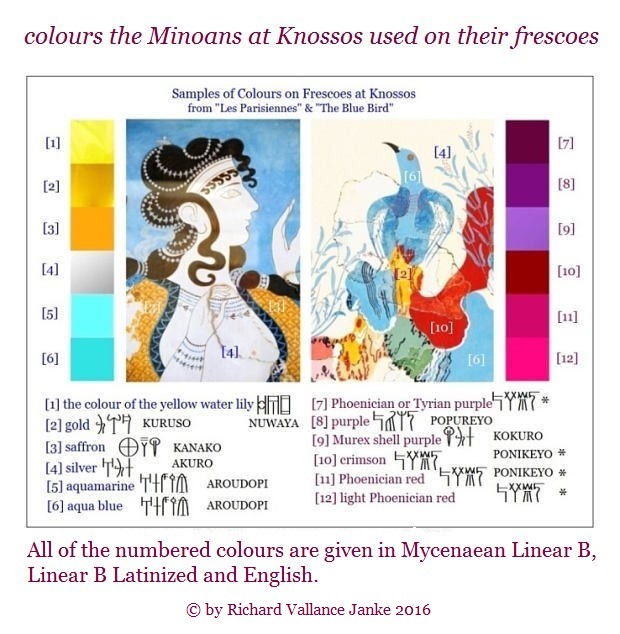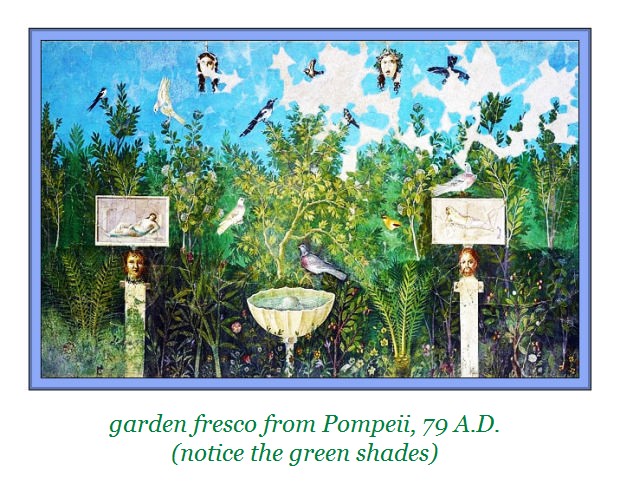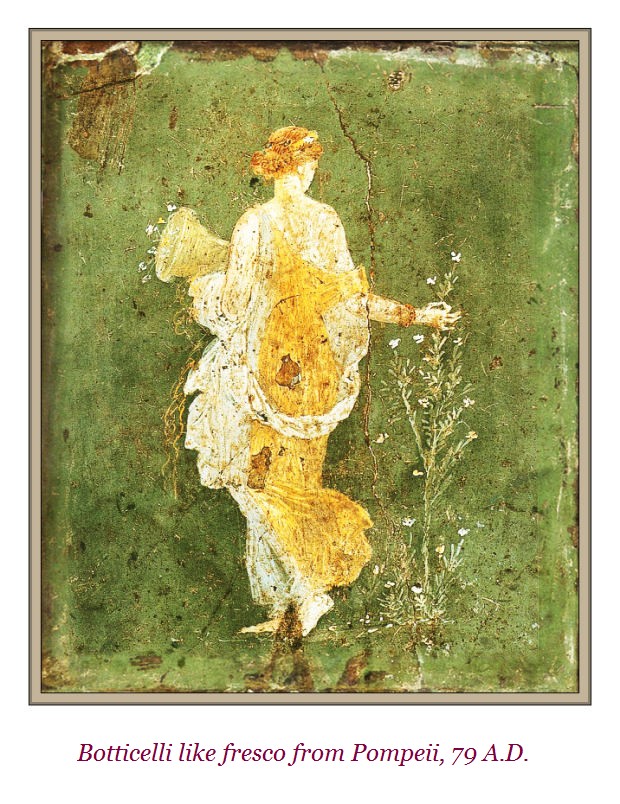tragic summer haiku d’été tragique – Pompeii drowned = Pompeii noyé
Pompeii drowned
by lava waves pouring down
in an ashen storm
 Pompeii noyé,
inondé par la lave,
orage de cendres
Richard Vallance
On 24 August AD 79, the volcano Mount Vesuvius burst out in a massive explosion which completely buried the city of Pompeii in ashes. At first, lava rained down the city, followed by an ash storm with massive lightning which killed almost everyone in the city. It is one of the worst natural disasters in all of history.
Le 24 août 79 ap. J.C., le volcan, le Vésuve, a éclaté dans une explosion massive qui a complètement enterré la ville de Pompeii en cendres. Au début, la lave s’est versé sur la ville, et ensuite un orage de cendres accompagné de coups massifs d’éclairs a tué presque tout le monde dans la ville. C’est une des pires catastrophes naturelles de l’histoire.
Pompeii noyé,
inondé par la lave,
orage de cendres
Richard Vallance
On 24 August AD 79, the volcano Mount Vesuvius burst out in a massive explosion which completely buried the city of Pompeii in ashes. At first, lava rained down the city, followed by an ash storm with massive lightning which killed almost everyone in the city. It is one of the worst natural disasters in all of history.
Le 24 août 79 ap. J.C., le volcan, le Vésuve, a éclaté dans une explosion massive qui a complètement enterré la ville de Pompeii en cendres. Au début, la lave s’est versé sur la ville, et ensuite un orage de cendres accompagné de coups massifs d’éclairs a tué presque tout le monde dans la ville. C’est une des pires catastrophes naturelles de l’histoire.
Pompeii noyé, inondé par la lave, orage de cendres Richard Vallance On 24 August AD 79, the volcano Mount Vesuvius burst out in a massive explosion which completely buried the city of Pompeii in ashes. At first, lava rained down the city, followed by an ash storm with massive lightning which killed almost everyone in the city. It is one of the worst natural disasters in all of history. Le 24 août 79 ap. J.C., le volcan, le Vésuve, a éclaté dans une explosion massive qui a complètement enterré la ville de Pompeii en cendres. Au début, la lave s’est versé sur la ville, et ensuite un orage de cendres accompagné de coups massifs d’éclairs a tué presque tout le monde dans la ville. C’est une des pires catastrophes naturelles de l’histoire.

We notice right away that the colours they had at their disposal ran from various shades of yellows (saffron) and oranges to blues and various shades of purple. The Minoans at Knossos, Pylos, Thera (Thira, Santorini) and elsewhere were unable to reproduce green pigment. This minor drawback had little or no perceptible effect on the splendid results they almost invariably came up with in their breathtaking frescoes, the likes of which were not reproduced anywhere else in the Occidental ancient world, except perhaps by the Romans, especially at Pompeii. The Romans were able to reproduce greens. Two lovely frescoes from Pompeii:



You must be logged in to post a comment.